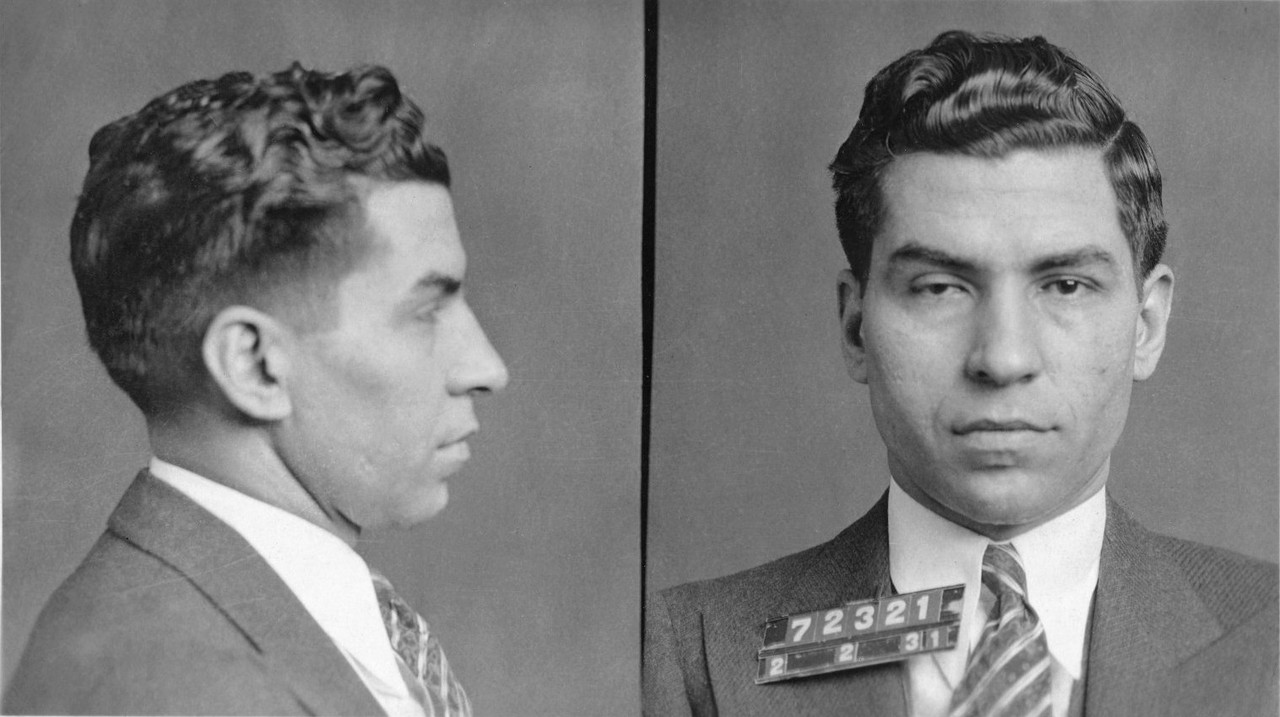Although it has been refuted by historiography on several occasions, newspapers and media have repeatedly put forward the theory that Operation Husky was to some extent endorsed and supported by the Mafia. According to the theory, the security apparatus of the US Navy contacted the American Mafia boss, Lucky Luciano, to exploit his position and influence. Thanks to the links he had in Sicily, he intervened to ensure that the cosche (gangs) supported the Allied intervention.
Mafia boss Calogero Vizzini then acted as a point of reference on the island and - again, according to this theory without foundation - coordinated the military operations together with the Anglo-Americans. The Allied military vehicles then had to display yellow drapes with a black ‘L’ (Luciano's initial) to prove this ‘alliance’: the cosche then mobilised, also from a logistic point of view, to make the implementation of Operation Husky possible.
The Mafiosi then gained a certain freedom of action and regained the power that had been taken from them during the 1920s, thanks to the repression and fight against the Mafia implemented by Prefect Cesare Mori. However, this pact never existed. The Mafia did not contribute in any way to the landing, although after the occupation it did infiltrate the public administration, taking advantage of the Anglo-Americans' need to manage the Sicilian territory. In fact, the Allies installed a provisional government in Sicily, called AMGOT (Allied Military Government of Occupied Territory), whose task was to restore normal state administration for the Sicilians. It was in this context that the Mafiosi were able to insert themselves within the institutional apparatus.
For example, boss Vito Genovese played the role of official interpreter for Charles Poletti, the AMGOT commissioner in charge of the civil administration of Palermo and, later, Naples. The AMGOT appointed the Mafia members Giuseppe Genco Russo (in Mussomeli) and Calogero Vizzini (in Villalba) as Mayors. Both supported separatism and became, at least at an early stage, leading elements in the birth and development of the Movement for Sicilian Independence, founded by Andrea Finocchiaro Aprile.
